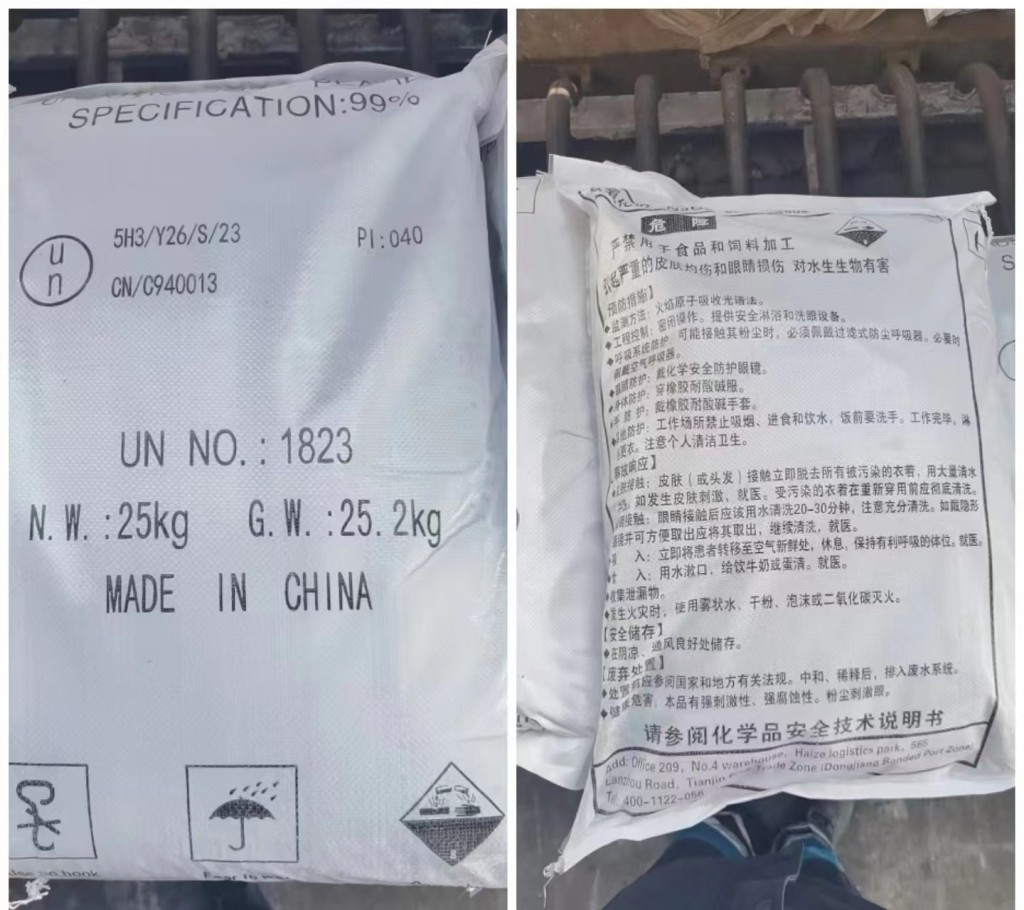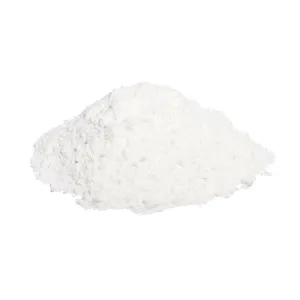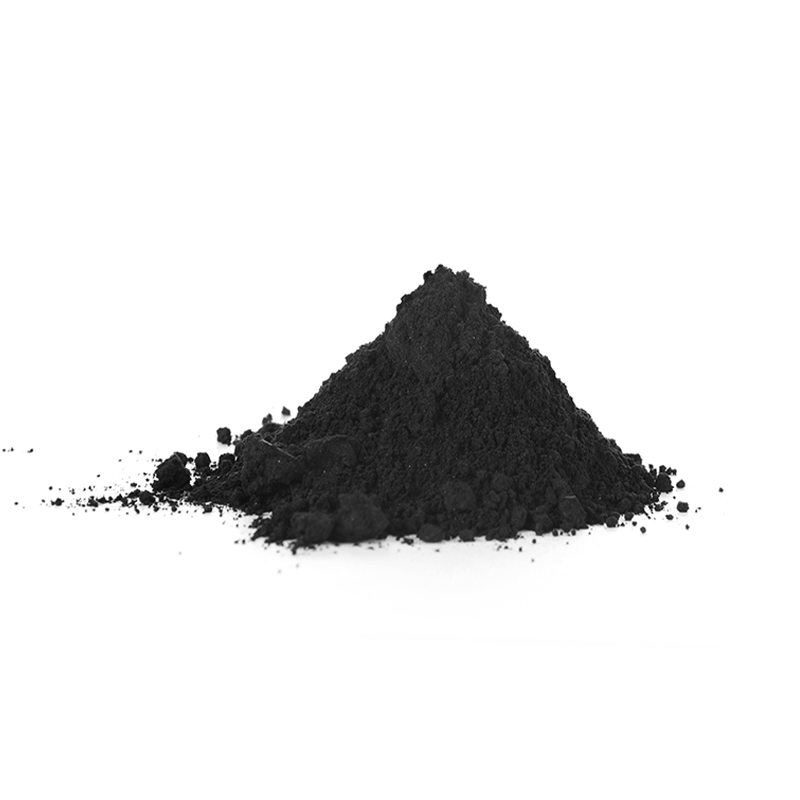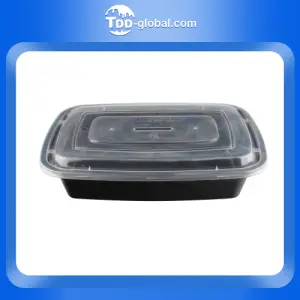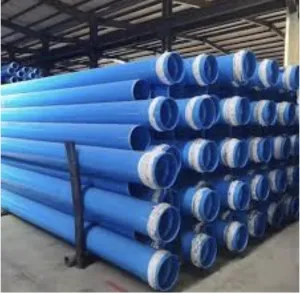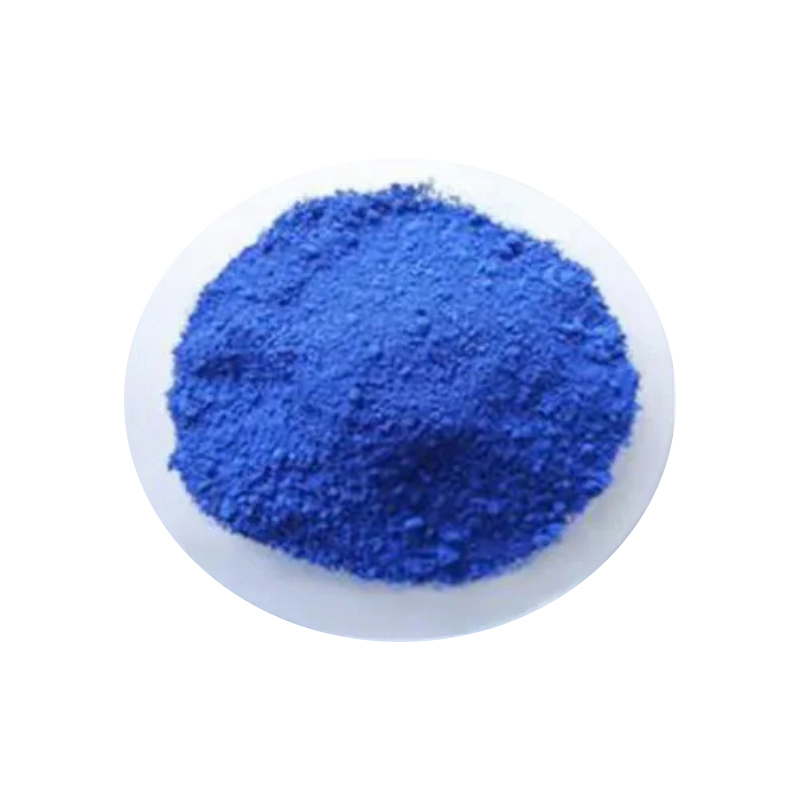Nalco is the lowest-cost alumina and second lowest-cost bauxite producer in the world: TK Chand

ET Now
TK Chand, CMD, Nalco, says he expects the shortage in aluminium market to continue and the prices to remain quite good.
Edited excerpts:
FY18 saw you posting record gains, highest in a decade, thanks to a surge in international prices. Would this doubling of profits continue in FY19 also or was it a one-time wonder?
In FY19 also, our profit trend and EBITDA trend will continue. In fact, in the first quarter, we are expecting EBITDA will be somewhere around 30% because the average realisation of alumina has been quite high compared to the fourth quarter. In Q4, we had around $400 per tonne of realisation but in this quarter it is expected to be somewhere around $540. There is a significant improvement in EBITDA as well. This quarter, we expect that to be almost double of that in Q4.
Unlock Leadership Excellence with a Range of CXO CoursesOffering CollegeCourseWebsiteIndian School of BusinessISB Chief Digital OfficerVisitIndian School of BusinessISB Chief Technology OfficerVisitIIM KozhikodeIIMK Chief Product Officer ProgrammeVisit
Supply disruptions in Brazil, however, still persist. Do you believe alumina prices will continue to remain at elevated levels?
Alumina prices have moderated. We have been getting around $600-700 but it has now come down to $490. Some supply improvement has been there but we expect that alumina prices will be hovering between $475 and $525. This coming quarter, there will be some deficit and in 2018 itself, there will be deficit of alumina supply and it may ease in 2019.
You also have not signed any recent long-term contracts for alumina supply to take advantage of the rise in spot prices. Would this be a strategy going forward as well?
Yes. As you know, in the last one-and-a-half year, alumina has been a rising market. We thought that it will be better if we remain close to the market and instead of making long-term contracts, we should make spot contracts. Our prices have remained high as compared to the index. Right now, we are continuing with our strategy of making spot contract instead of long-term contract and we are in a position to give because the order position is very good so there is no problem on that account.
What about aluminium prices? In the eventuality that the Rusal sanctions are relaxed, given that they have delivered shipments to some customers, do you see a significant downward spiral for metal?
Even if sanctions are relaxed and Rusal comes into the market, we still expect that till 2018 end, the market will remain deficit in aluminium supply. In any case, the Brazilian election is around October-November and so up to December, such a situation is likely to continue,
There will be some shortage in aluminium market and therefore prices will remain quite good and if you compare the alumina and aluminium prices, growth in alumina prices are better than aluminium prices and in a long-term contract, the percentages are linked to the LME.
Therefore, once LME is not growing, the alumina prices will not grow. We thought that it is better that we continue with the existing system and we are expecting this will give result to us this year and next year, we will see what could be our strategy.
You had witnessed a lot of volatility in raw material prices. Caustic soda was a big factor. Do you expect volatility to continue and how are you proposing to stem it so that it does not impact your margins?
We are expecting that whatever prices we have obtained in our half-yearly contract, it is 10% to 15% more than last year’s level. Therefore, it will have an impact but at the same time keeping in view that alumina prices in the international market is quite good, it will get neutralised and to that extent it will be satisfactory. In the coming days, we expect that since the prices have gone quite high and the international market has started moderating, the caustic soda prices will come down a bit.
From where do you source your raw material requirements? How are you looking at managing the cost base there?
As far as cost is concerned, NALCO is the lowest cost alumina producer in the world and in bauxite also, we have become the second lowest-cost producer in the world. So, from cost point of view, we are quite comfortable in the bauxite and alumina segments.
Overall, because of the growth in prices of alumina, overall profitability of the company increases but we are also trying to control the cost aspect in aluminium revenue segment.
One of the strategy that we have adopted include bringing this coal block which has been allotted to us — Utkal-D — in operation in Q1 of 2019 first quarter itself. That will bring down the cost in aluminium revenue segment by Rs 9000 to Rs 10000 crore because right now we are supplying a part of our coal requirement through auction which is quite costly.
We expect that from next year, in the aluminium segment, we will control the cost in a very significant way.
During the last fiscal, you have already achieved that 100% capacity utilisation at bauxite aluminium refinery. How are you ramping it up in FY19?
As far as bauxite production is concerned, it will be little more than the 100%. In case of alumina production also, normative capacity is 2.1 million tonne which we have already done and this year we are trying to put it beyond the capacity — may be around 2.15 lakh tonne or 2.2 lakh tonne. So that will be the additional production.
This year we are looking at a turnover of around Rs 10,500 crore and a EBITDA margin of around 21 to 22%, up from 18% last year.
Recommended Suppliers
 June 3, 2024
June 3, 2024  June 3, 2024
June 3, 2024  June 17, 2024
June 17, 2024  June 18, 2024
June 18, 2024  June 18, 2024
June 18, 2024 

